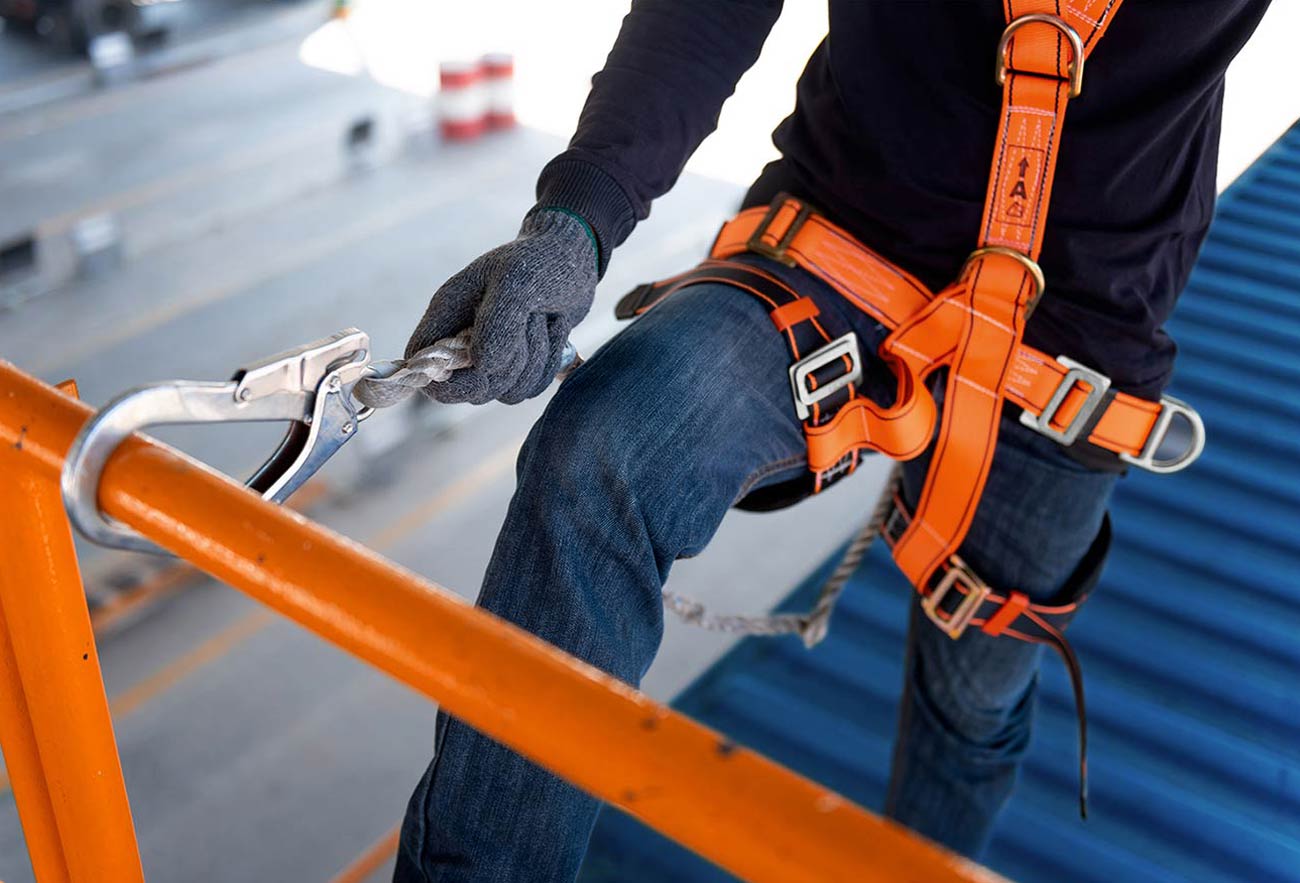

Contact us for Commercial Drywall, Metal Framing, Kadex Finishing, Insulation and Acoustical Ceiling services tailored to your needs. We provide our services throughout Connecticut, and Westchester County NY.

Ensuring safety on a commercial construction site is crucial for the well-being of workers and the success of the project. Here are key steps to make a commercial construction site safe:
Develop a Safety Plan:
Training and Education:
Personal Protective Equipment (PPE):
Fall Protection:
Equipment Safety:
Hazard Communication:
Emergency Preparedness:
Secure Work Areas:
Scaffolding Safety:
Regular Inspections:
Communication and Reporting:
OSHA Compliance:
By implementing these measures, a construction site can significantly enhance its safety culture and reduce the risk of accidents and injuries. Regular monitoring and continuous improvement are essential for maintaining a safe working environment.
Maecenas nec odio et ante tincidunt tempus. Donec vitae sapien ut libero venenatis faucibus. Nullam quis.
